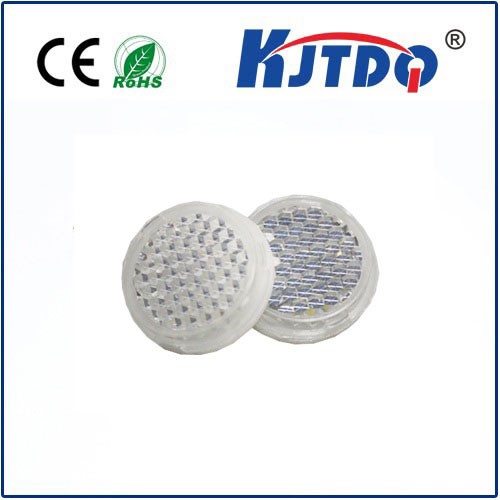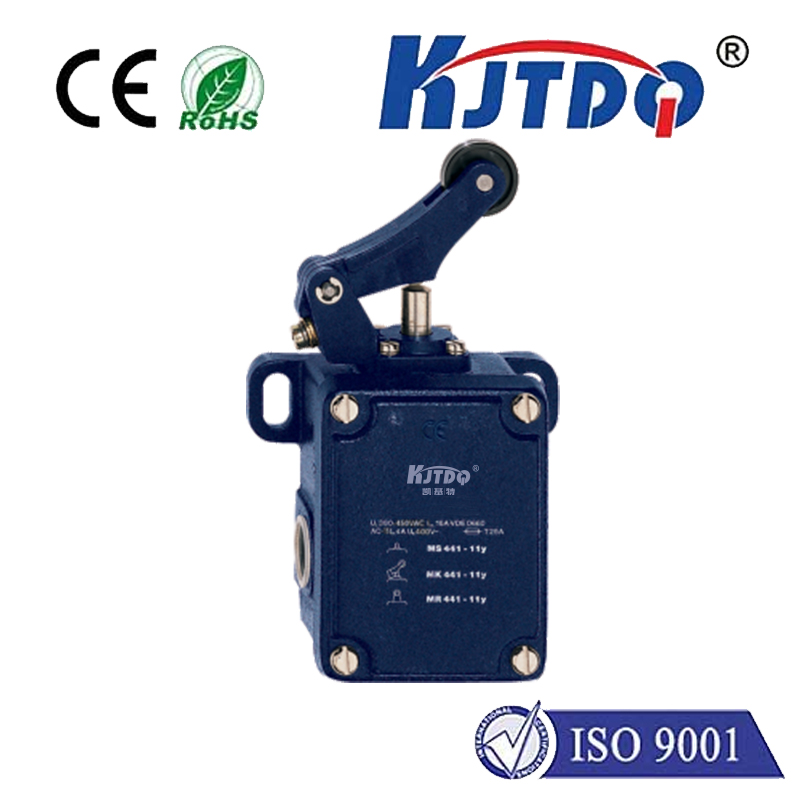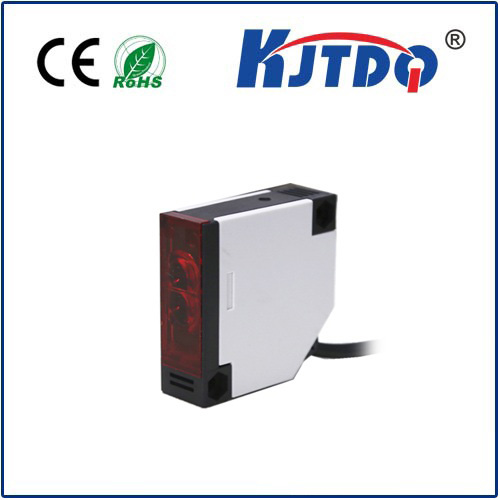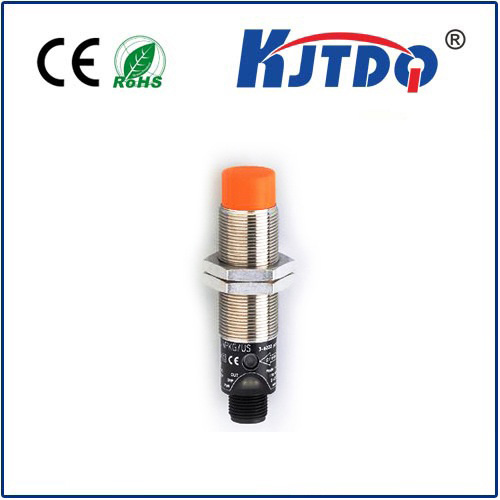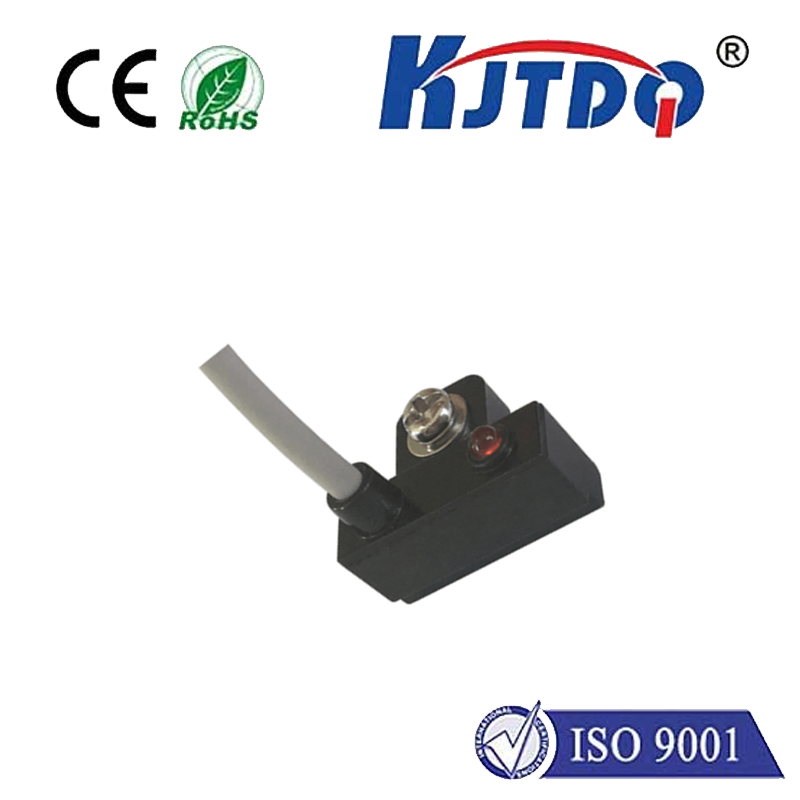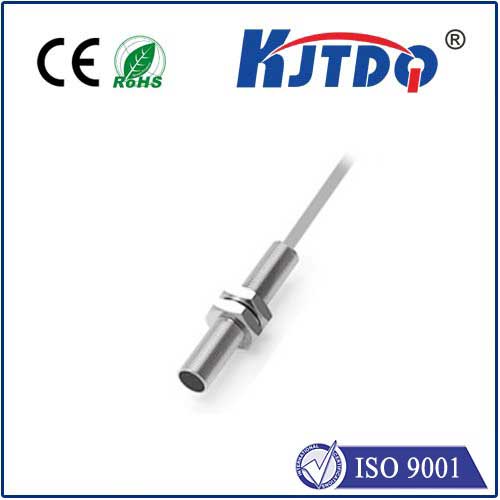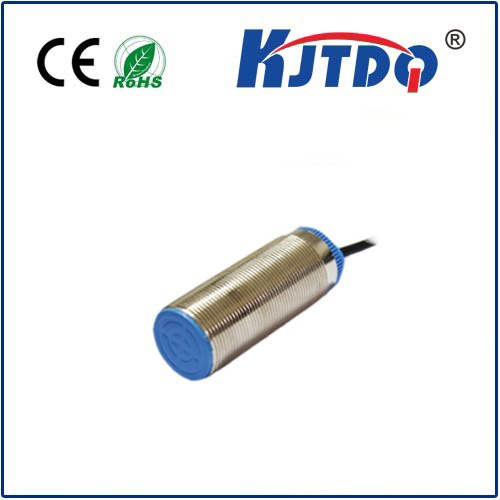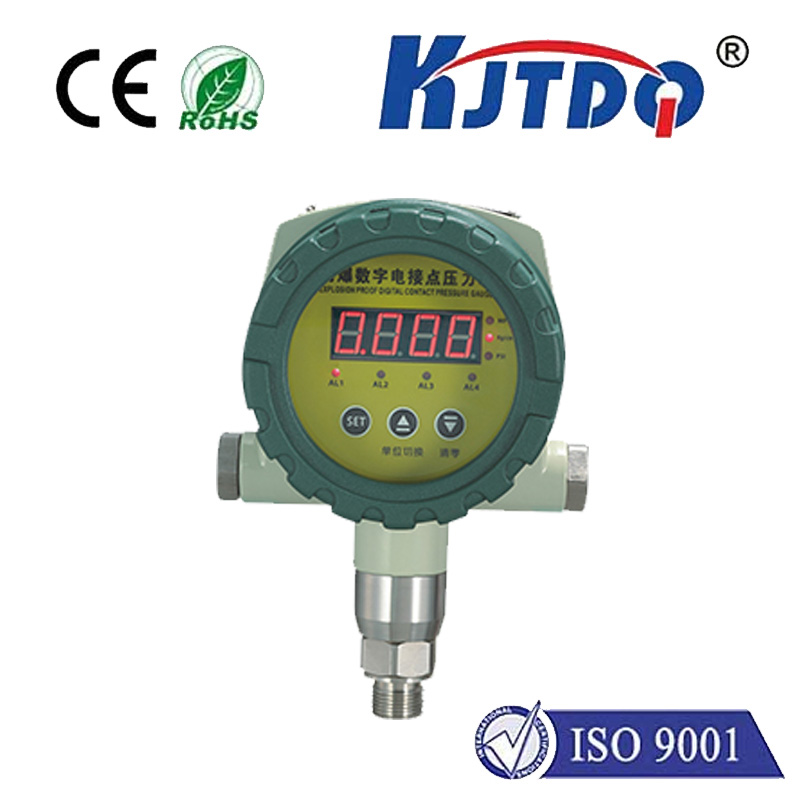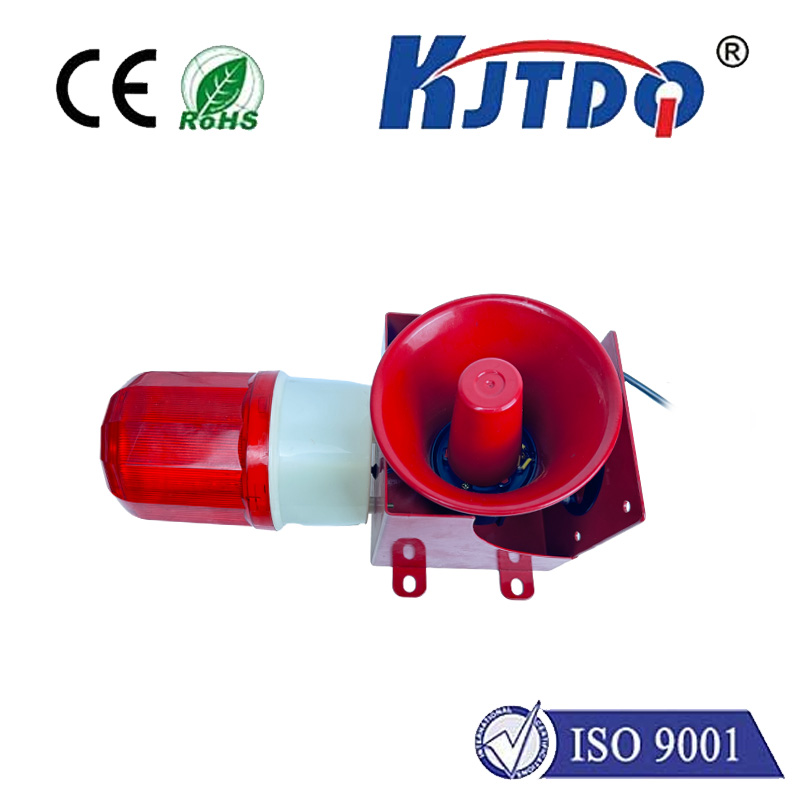
check

check

check

check
The maximum switching current, often abbreviated as "switching current", is a fundamental parameter that plays a crucial role in the design and performance of electronic devices. It refers to the maximum current that can be safely passed through the switching components, such as transistors, diodes, and resistors, without causing damage or malfunction. This article will provide an in-depth overview of the concept of maximum switching current, its importance in electronics engineering, and some practical applications.
What is Maximum Switching Current?
In general terms, the maximum switching current refers to the maximum amount of current that can be passed through a particular device or circuit within a specified time frame. It depends on various factors such as the type of device, its specifications, operating conditions, and environmental factors. For instance, a transistor designed for low power applications may have a much lower maximum switching current than a high-performance amplifier designed for high power consumption.
Importance of Maximum Switching Current
The maximum switching current is a critical parameter in the design and selection of electronic devices because it directly affects their performance and reliability. If the maximum switching current exceeds the safe limits set by the manufacturer, it can lead to serious consequences such as thermal stress, voltage drops, current distortions, and component failure. Therefore, it is essential to ensure that the maximum switching current of any electronic device meets or exceeds its intended value.
Practical Applications of Maximum Switching Current
The maximum switching current has numerous practical applications in various fields of electronics engineering. For example:
1. Power Supply Design: In power supply design, the maximum switching current is used to calculate the necessary fuse ratings, capacitor capacities, and transformer windings' ampacity. It also helps in determining the appropriate voltage and current rating for each component in the circuit.
2. Circuit Design: The maximum switching current is essential for designing efficient circuits that can handle large amounts of data or perform complex calculations. It determines the minimum required voltage drop across each component and ensures that there is enough headroom for future growth or expansion.
3. Automotive Electronics: In automotive electronics, the maximum switching current is crucial for selecting appropriate components for fuel injection systems, brake controllers, and other high-power applications. It helps to ensure that these systems operate safely and efficiently under extreme driving conditions.
Conclusion
In conclusion, the maximum switching current is a critical parameter in electronics engineering that affects the performance and reliability of electronic devices. It is essential to understand its definition, significance, and practical applications to design effective circuits and select suitable components for different applications. By keeping track of the maximum switching current and ensuring it does not exceed safe limits, we can avoid potential hazards and ensure long-term success in our electronic projects.
